
Book Review: Grand Hotels of Egypt in the Golden Age of Travel
Grand Hotels of Egypt is essentially a book about the influx of western visitors into Egypt after Napoleon had departed and Anglo-American style infrastructure had arrived in the nineteenth and early twentieth centuries. Using contemporary accounts and photographs, cartoons and some remarkable marketing material in full colour, Andrew Humphreys explores the role of the grand hotels of the day in the constant swirl of people as they experienced Egypt’s towns and cities. [more…]
Edition - June, 2012
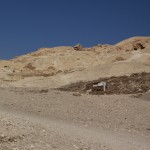
The Mystery of Psusenes III
John Gardner Wilkinson published his ‘Materia Hieroglyphica’ in Malta in 1828, having spent the previous year in Luxor recording inscriptions in the Nobles’ Tombs. The most important aspect of this volume is the inclusion of records from the Theban Tomb TTA18 which early Egyptologists used to identify pharaoh Psusenes III. As TTA18 contains the only mention of Psusenes III, some scholars are starting to doubt if this identification of an otherwise unattested pharaoh was at all correct. Others probed into the possibility that Psusenes III is the same person as Psusenes II. Yet others see Psusenes III as High Priest of Amen only. [more…]
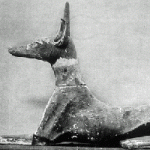
Introduction to the Contents of Tomb KV57 (Horemheb)
KV57, Horemheb’s royal tomb in the Valley of the Kings is famous for its bright decoration but it has yielded a large number of artefacts. The tomb has been excavated twice by Theodore Davis after he discovered the tomb in 1908 and a century later by Geoffrey Martin. This paper brings together findings of both excavations to show that the tomb originall contained an assemblage matching or surpassing that found in KV62, the tomb of Tutankhamun [more…]
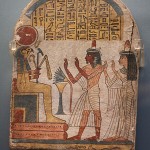
A Context for Nehmes-Bastet (KV64): A Birds Eye View of the Early Third Intermediate Period – Part 1
In January 2012, thanks to the discovery of a new tomb in the Valley of the Kings, named KV64, the 22nd Dynasty was catapulted into the spotlight. At the moment, apart from a couple of tantalising photographs and a video released by the University of Basel (Switzerland) all we know is that the mummified woman was called Nehmes-Bastet; she was a chantress; and her father was a priest at the Temple of Karnak [more…]
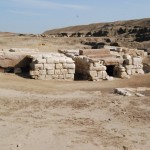
A Context for Nehmes-Bastet (KV64): A Birds Eye View of the Early Third Intermediate Period – Part 2
In Part 1 the political background to and development of the Third Intermediate Period was described, emphasizing the way in which power became divided, both within the Delta and between the Delta and the south, where the Theban high priests became increasingly powerful. Part 2 looks at the blending of Libyan and Egyptian traditions, with new ideas expressed in funerary practices and in the role of religious institutions. [more…]
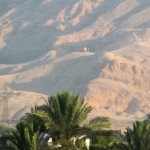
 By
By